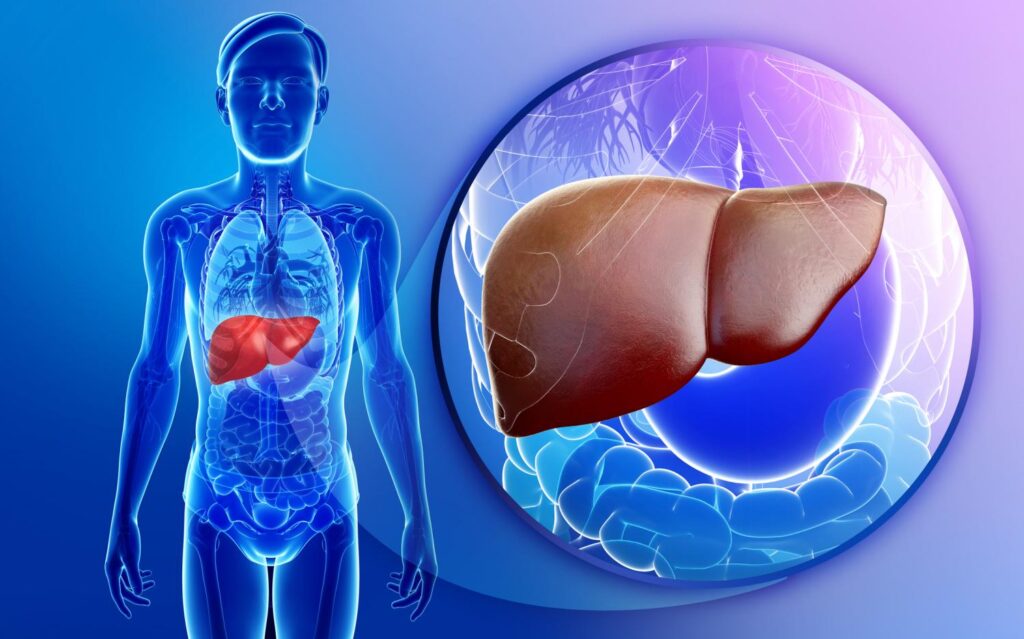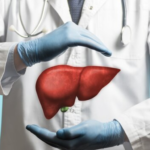
Introduction: A Comparison of FibroScan and Biopsy
When it comes to assessing liver fibrosis, two commonly used methods are FibroScan and biopsy. In this article, we will dive deep into the differences between these two methods and explore their pros and cons. Dr. Bhate, a renowned expert in the gastro-liver clinic, has led extensive research in this field and offers valuable insights. By the end of this article, you will have a clear understanding of FibroScan and biopsy and be able to make an informed decision regarding which method is best for your liver fibrosis assessment needs.
FibroScan: An Innovative Non-Invasive Technique
FibroScan is a cutting-edge technology that provides a non-invasive alternative to liver biopsy. This method utilizes transient elastography to measure liver stiffness, which is closely related to the degree of liver fibrosis. Let’s take a closer look at the advantages and limitations of FibroScan.
Advantages of FibroScan
- Non-invasive: Unlike biopsy, FibroScan does not require an invasive procedure involving the insertion of a needle into the liver. This makes it a more comfortable option for patients.
- Quick and painless: FibroScan is a rapid procedure that takes only a few minutes to complete. It is painless and does not require any recovery time.
- Reproducible results: FibroScan provides highly reproducible results, allowing for accurate tracking of disease progression over time.
Limitations of FibroScan
- Limited accuracy in obese patients: FibroScan may be less accurate in obese individuals due to the increased thickness of subcutaneous adipose tissue, which can interfere with accurate measurements.
- Not suitable for individuals with ascites: FibroScan is not recommended for patients with significant ascites (abdominal fluid accumulation) as it may yield unreliable results.
- Inability to determine liver inflammation: While FibroScan provides valuable information about liver stiffness and fibrosis, it does not directly assess the degree of liver inflammation.
- Biopsy: The Gold Standard for Liver Fibrosis Assessment
Liver biopsy has been considered the gold standard for assessing liver fibrosis for many years. This procedure involves the removal of a small tissue sample from the liver for microscopic examination. Let’s explore the advantages and limitations of liver biopsy.
Advantages of Biopsy
- Accurate assessment of fibrosis and inflammation: Liver biopsy provides a comprehensive evaluation of liver fibrosis, inflammation and other associated conditions, allowing for precise diagnosis and staging of liver diseases.
- Identification of specific liver diseases: Biopsy can help identify specific liver diseases such as hepatitis B or C, autoimmune hepatitis and non-alcoholic fatty liver disease (NAFLD).
- Direct visualization of liver tissue: Biopsy allows for direct visualization of liver tissue under a microscope, enabling the detection of subtle changes that may not be apparent through other diagnostic methods.
Limitations of Biopsy:
- Invasive and uncomfortable: A liver biopsy is an invasive procedure that involves inserting a needle into the liver, which can cause discomfort and may require local anesthesia.
- Risk of complications: Although rare, liver biopsy carries a small risk of complications, including bleeding, infection and damage to surrounding structures.
- Sample variability: The accuracy of biopsy results may be influenced by sample variability, as fibrosis distribution in the liver can be heterogeneous.
What to Choose: FibroScan or Biopsy?
When it comes to choosing between FibroScan and biopsy for liver fibrosis assessment, several factors should be considered. Here are some guidelines to help you make an informed decision:
- Diagnostic Needs: If you require a comprehensive evaluation of liver fibrosis, inflammation and specific liver diseases, biopsy may be the preferred choice. Biopsy provides direct visualization of liver tissue and allows for accurate diagnosis and staging of liver diseases. However, if you primarily need an assessment of liver stiffness and fibrosis without the need for detailed histological information, FibroScan can be a suitable non-invasive alternative.
- Patient Comfort: FibroScan offers a non-invasive and painless procedure, making it more comfortable for patients compared to biopsy, which involves an invasive needle insertion. If patient comfort is a priority, FibroScan may be the preferred option.
- Obesity and Ascites: FibroScan may have limitations in obese patients and individuals with significant ascites. The accuracy of FibroScan measurements can be affected by the thickness of subcutaneous adipose tissue in obese patients. Additionally, the presence of ascites may render FibroScan results unreliable. In such cases, biopsy may be a more appropriate choice.
- Risk and Complications: Biopsy carries a small risk of complications, including bleeding, infection and damage to surrounding structures. If you have an increased risk of bleeding or other complications, your healthcare provider may recommend FibroScan as a safer alternative.
- Follow-up Monitoring: FibroScan provides reproducible results, allowing for accurate tracking of disease progression over time. If you require regular monitoring of liver fibrosis, FibroScan can be a convenient and reliable method. Biopsy, on the other hand, is typically reserved for specific diagnostic purposes and may not be suitable for frequent monitoring.
- Clinical Expertise and Availability: Consider the expertise and availability of healthcare professionals in performing both FibroScan and biopsy procedures. In some cases, the expertise or availability of these methods may vary, influencing the decision-making process.
It is essential to discuss your case with your healthcare provider, who can assess your specific needs and guide you toward the most suitable method for liver fibrosis assessment.
Summary
In the gastro-liver clinic led by Dr. Bhate, the FibroScan vs. biopsy debate is a common topic of discussion for liver fibrosis assessment. FibroScan offers a non-invasive and rapid alternative to biopsy, providing valuable information about liver stiffness and fibrosis. However, biopsy remains the gold standard for a comprehensive evaluation, allowing for the assessment of fibrosis, inflammation and specific liver diseases.
Consider factors such as diagnostic needs, patient comfort, obesity, ascites, risk of complications, follow-up monitoring and clinical expertise when choosing between FibroScan and biopsy. Discussing your case with a healthcare professional will ensure an informed decision based on your requirements.




